Which soil is suitable for growing flowers? Learn from these 4 types and easily make a good potting soil
Introduction : When we grow plants at home, we sometimes don't pay much attention to the potting soil, thinking that we can keep plants alive by just getting some soil. This is a very incorrect understanding. The quality of the potting soil plays a crucial role in whether the plants can survive. However, how to choose the right potting soil? This is also a very delicate matter. We need to choose or make it ourselves according to the habits of the plants. So, which soil is more suitable for plant growth? The following types can be used for reference. They are simple and easy to use.
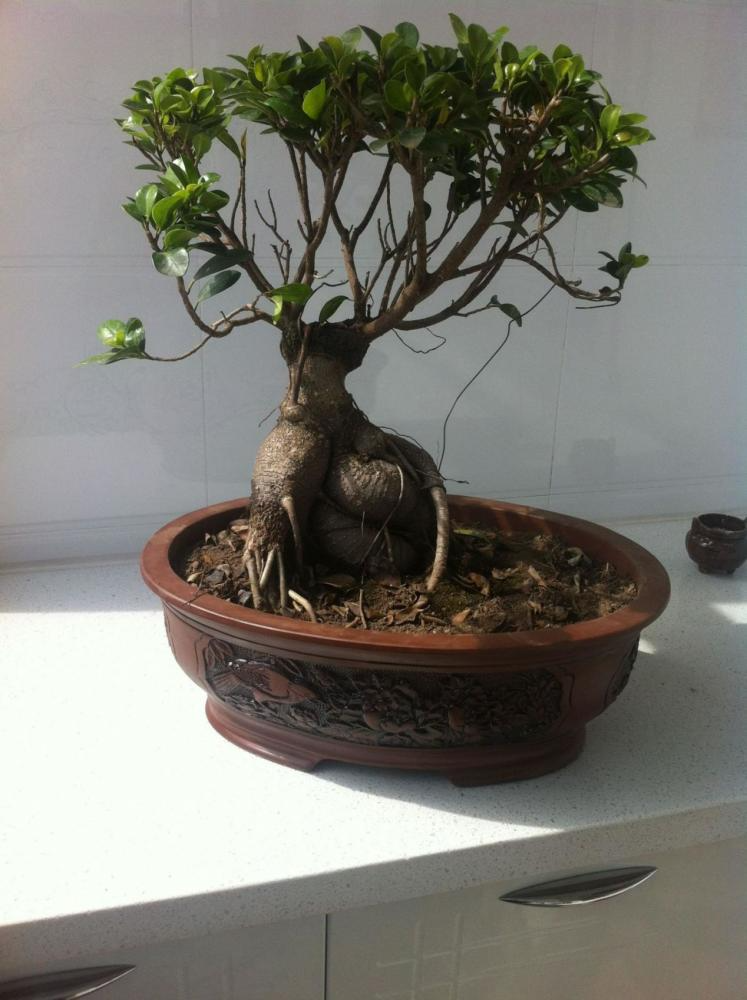
The first type: sandy soil
Sandy soil is what we call river sand. The biggest feature of river sand is that it is loose and breathable . For plants whose roots need to breathe and need to be drained in time, it is better to use river sand. Moreover, river sand is relatively common and easy to find.
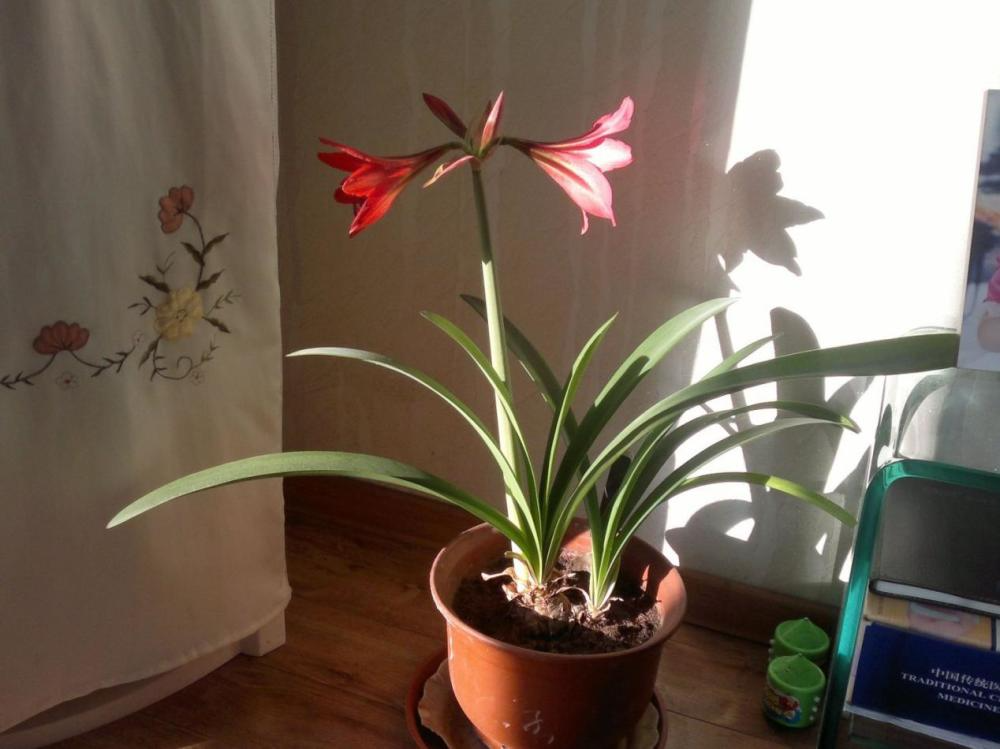
However, it cannot be used alone, because it is relatively loose and it is difficult for plant roots to take root in it, so it needs to be used with other soils. The best is to use garden soil with river sand.
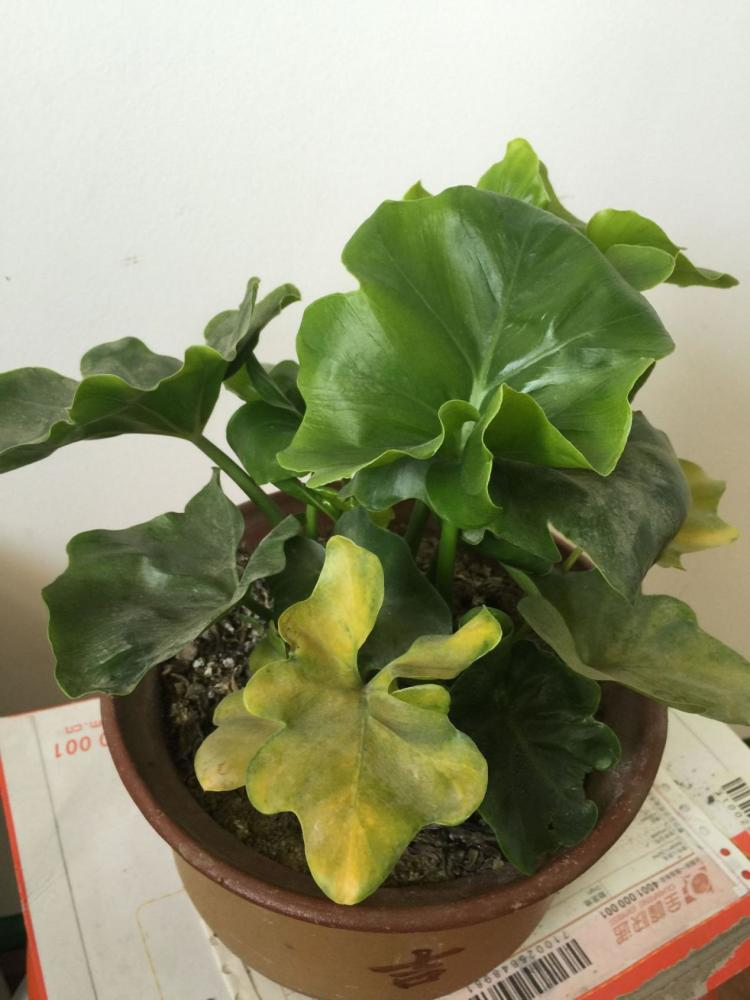
The second type: pine needle soil
Pine soil is the soil around the pine trees, which is mixed with some pine needles. After years of wind and sun, the pine needles will be completely mixed with the soil below. This kind of soil is called pine needle soil.
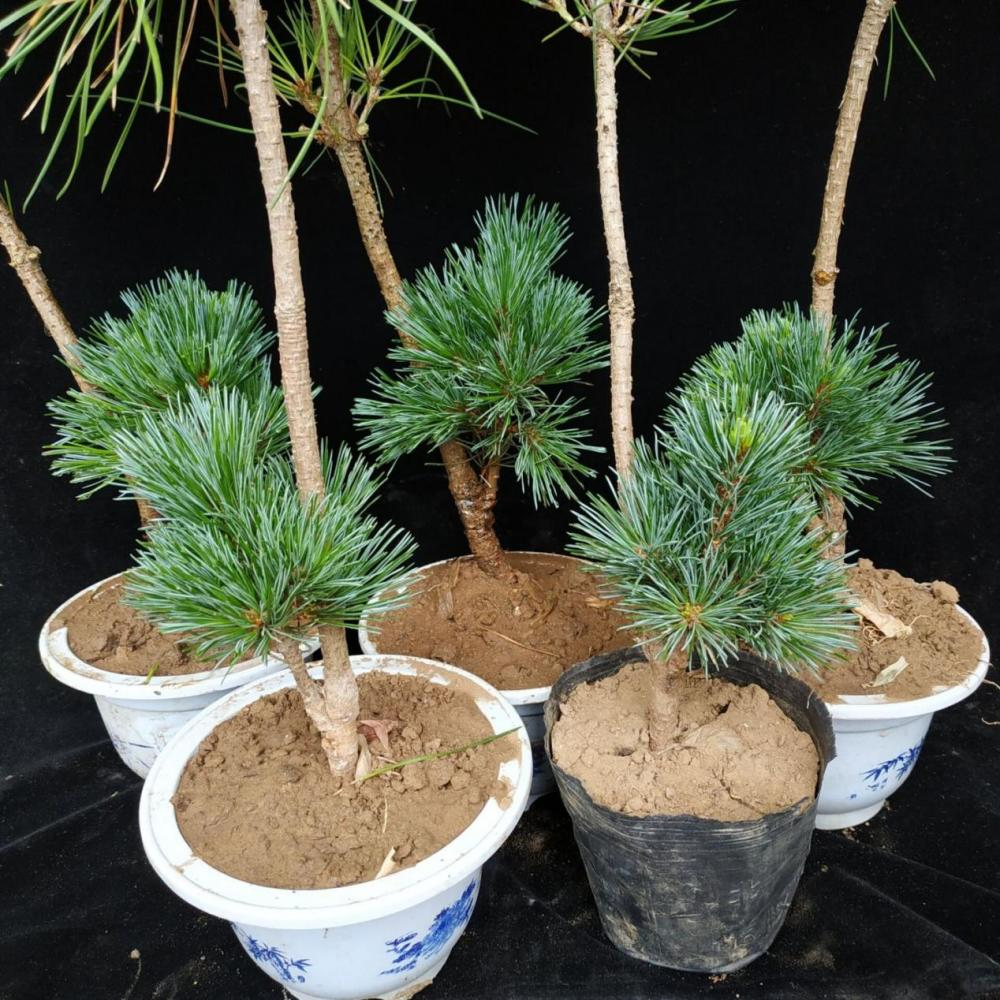
Pine needle soil has more benefits, because pine needles themselves are nutritious. After being mixed in the soil, the soil will also have its own nutrients, which can provide nutrition for plant growth. In addition, after natural fermentation and exposure to the sun, pine needle soil has stronger air permeability and strong sterilization ability. Using pine needle soil to cultivate plants will largely prevent insect pests.
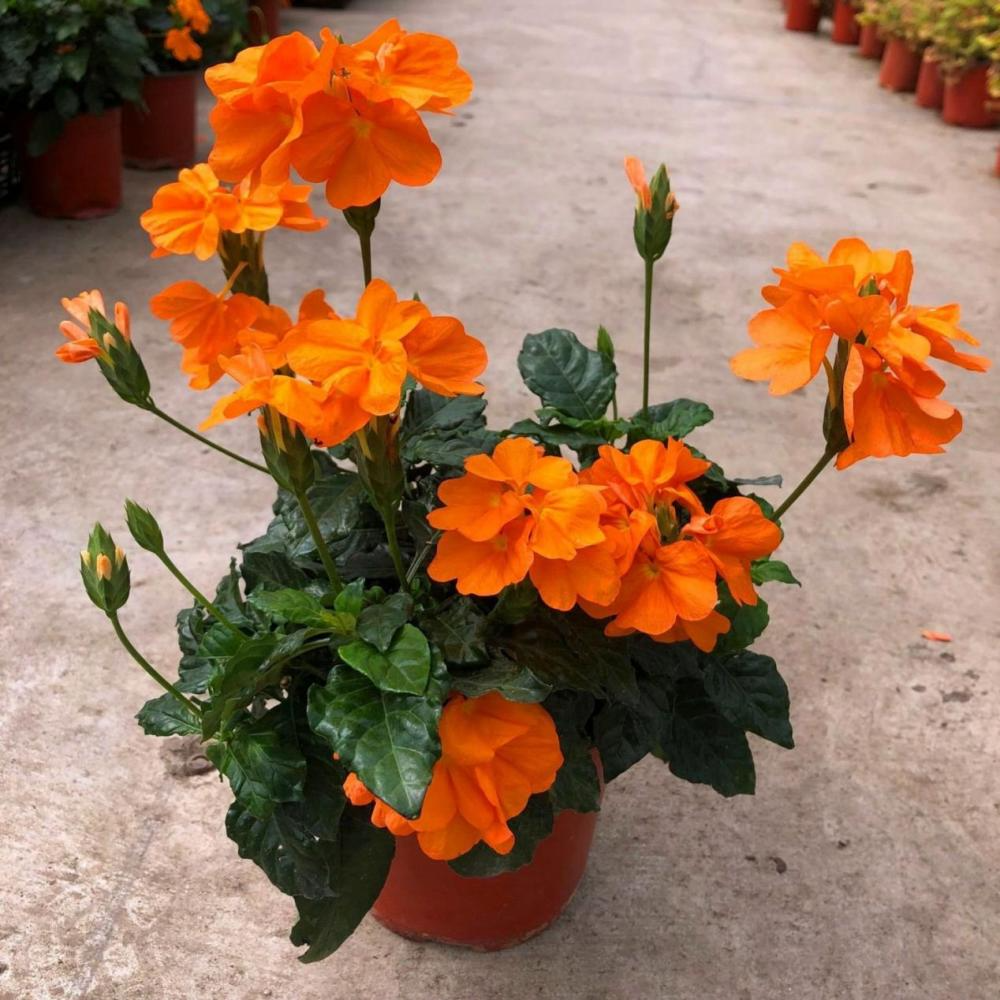
The third type: old soil
Old soil refers to the soil that needs to be disposed of after we change the pots. Generally speaking, we will throw it away directly. However, after simple processing, these old soils can still be used as new soil to replant plants.
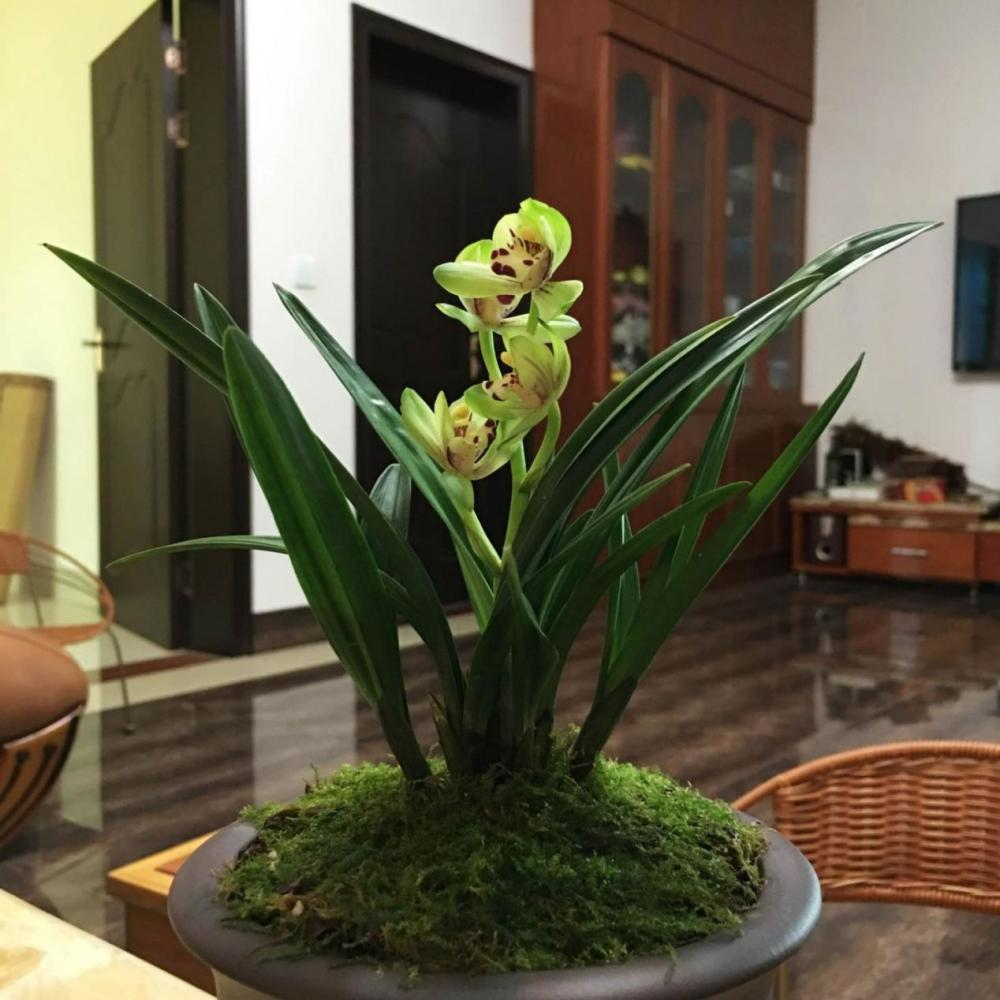
If it is old soil that has been infected with pests and diseases, we need to sterilize it first. You can spread the old soil in the sun and let it be exposed to the sun for a few days to completely kill the germs. Or you can use high-temperature sterilization to scald the old soil with boiling water and then boil it in a pot at high temperature to completely sterilize it. If we are still worried about residues, we can also spray an appropriate amount of pesticide to kill the eggs directly.
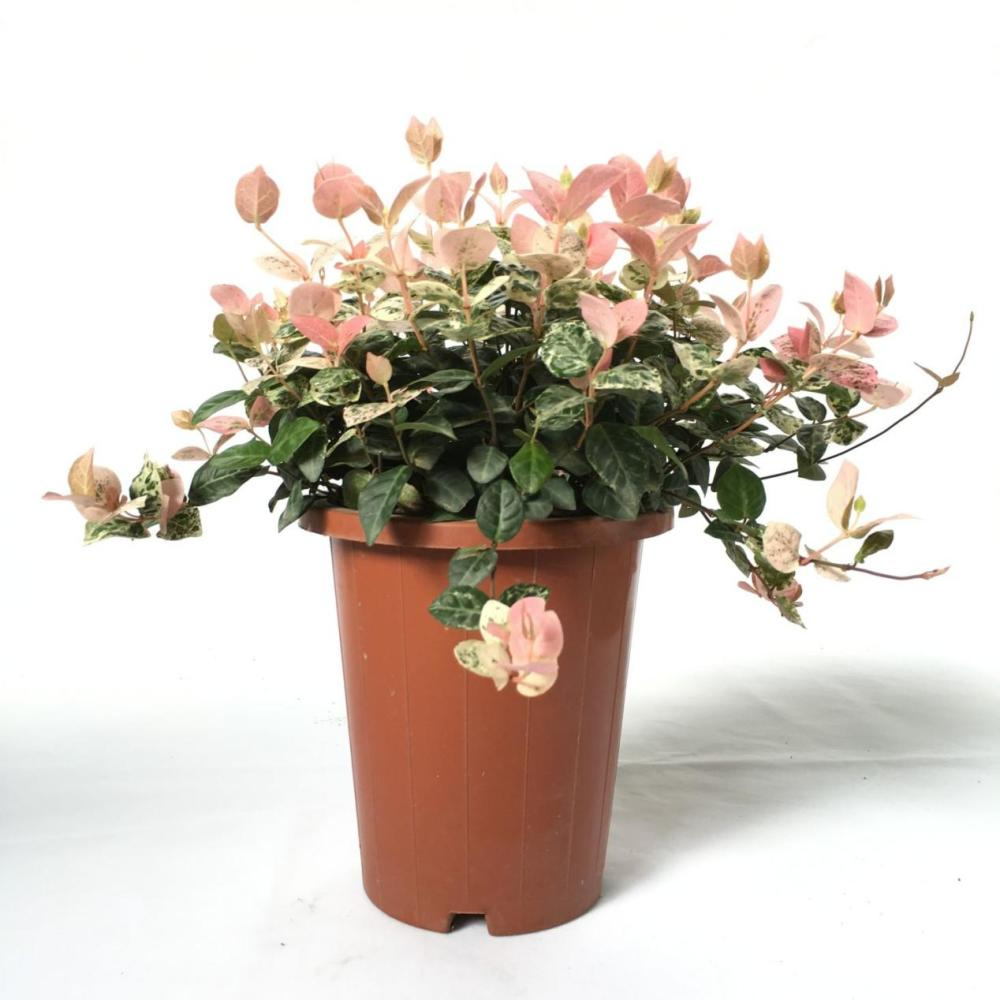
After disinfection, we can continue to reuse the old soil. Compared with the newly purchased or matched soil, the old soil is looser and more fertile. When using it, it is best to mix it with other soils for a more significant effect.
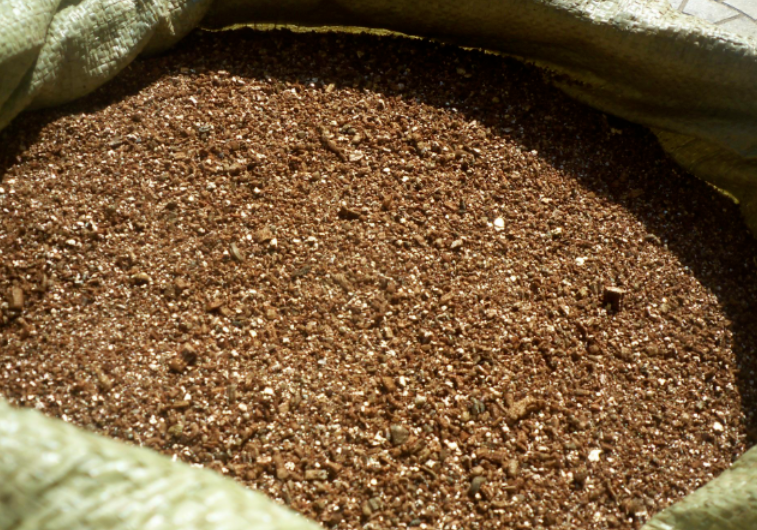
Fourth: Homemade nutrient soil
In addition to the above types, we can also mix nutrient soil by ourselves. The most commonly used is peat soil with perlite. This kind of nutrient soil has strong air permeability and water permeability, and is also rich in nutrients, suitable for a variety of plants. Moreover, when we make our own nutrient soil, we can match it according to different plants, fully considering the growth habits of different plants to make it ourselves, and it is also very safe to use it ourselves.
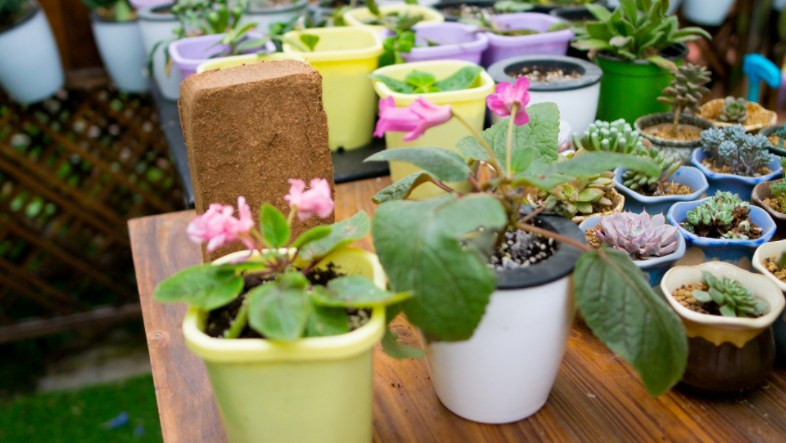
If you are worried that the nutrient soil we make is not fertile enough, you can also apply some soothing fertilizer or nutrient solution on the soil surface to increase the fertility of the soil. Such soil is no worse than the one we buy outside. However, you still need to pay attention to the proportion when you make your own mix, understand whether the plant is suitable for this type of substance, and then make a reasonable mix to avoid adverse effects.
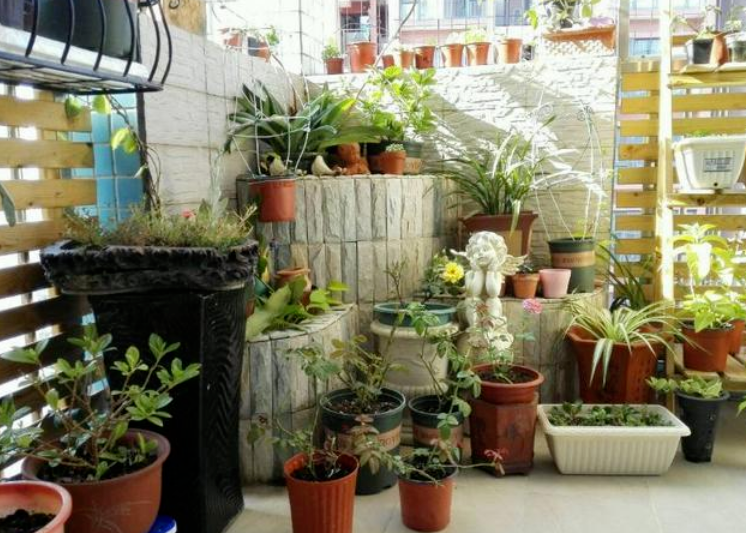
Summary : There are many soils that can be used as soil for growing flowers. Each type has its own advantages and disadvantages. We can use them selectively. If we are not sure, the easiest way is to buy the prepared nutrient soil. If we want to make our own nutrient soil, it is also a very good way. Of course, in addition to choosing the right soil, it is also necessary to fertilize and water it to make the plants grow in a balanced and healthy way.